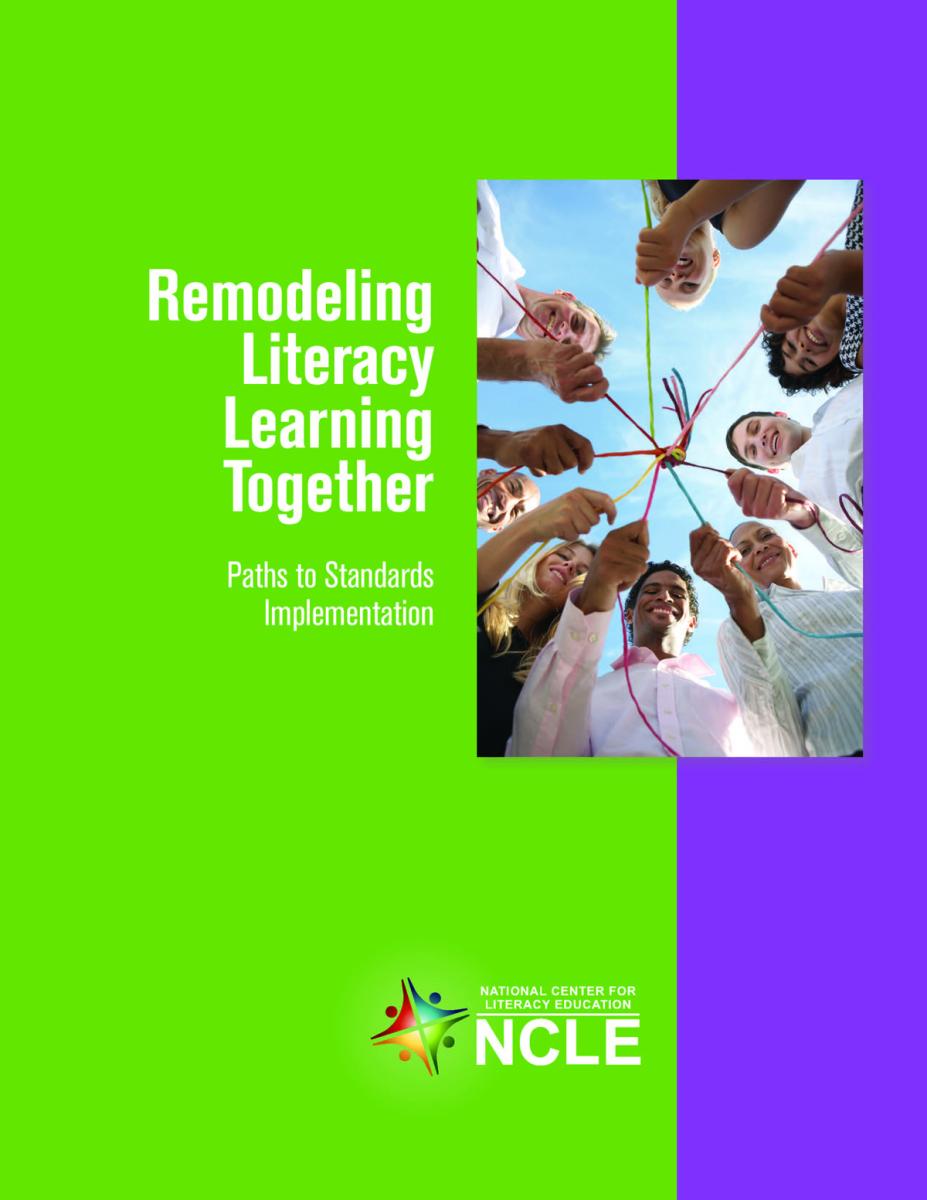 To Implement New Literacy Standards, Collaboration Is Key
To Implement New Literacy Standards, Collaboration Is Key
Principals know how lonely leading a school can be, especially as they face the daunting task of implementing the Common Core State Standards (CCSS). However, recent research suggests that principals don’t have to—and, in fact, shouldn’t—go it alone.
For the new report, “Remodeling Literacy Learning Together: Paths to Standards Implementation,” the National Center for Literacy Education (NCLE) surveyed educators on their experiences with implementing new literacy standards. The report reveals that literacy instruction is far more effective when educators share responsibilities and best practices.
Many teachers, according to the findings, feel unprepared to implement the CCSS. Despite this fact, educators are making progress, and the most successful teachers are the ones who collaborate often.
The national survey gathered opinions from educators across all roles, grade levels, and subject areas, including 202 building administrators. Principals echoed teachers' sentiments on the importance of collaboration.
“There’s a lot of wisdom in the room. We know what the problems are, we know what the areas of need are, there’s a lot of research out there,” said John Staumont, principal of Jellick Elementary School in Rowland Heights, California. “By us coming together as communities of practice, we really begin to get our hands dirty and make meaning out of things that are local to us.”
The report’s findings also include:
- Just like teachers, fewer than half of principals rate themselves as well prepared to implement the new literacy standards, and only a quarter feel well prepared to implement them with high-needs students.
- Also like teachers, principals report that collaboration with other educators is the most powerful support for standards implementation. In fact, principals value collaboration even more highly than teachers do.
- The good news is principals have more time to work with other educators on the standards, and unlike teachers, the amount of collaboration time they have has stayed constant. The bad news is that principals’ time is spread thin between different teams.
- Over half of all principals participate in the following teams, each of which is focusing primarily on standards this year:
- Grade-level teams;
- Subject area teams;
- Data teams; and
- Leadership teams.
- Principals who participate in these collaborative teams report consistently larger standards-linked changes in classroom practice at their schools. The largest impacts on classroom practice are reported by principals who participated in grade-level and data teams.
- Only about a third of principals report that teachers are expected to adhere to purchased curriculum materials. A strong majority of principals report that teachers are adapting or creating their own materials instead. Teachers see access to aligned materials as a relatively minor concern; principals are even less worried about materials.
- Principals agree with teachers that the two biggest challenges to standards implementation are both time-related: lack of instructional time and lack of time to collaborate with colleagues. Principals are less concerned than teachers are about student readiness and access to technology being a challenge to standards implementation, but they have more concerns about assessment.
- Principals are more optimistic than teachers about both the quantity and quality of collaboration occuring around the standards. This is consistent with last year’s NCLE survey about educator collaboration generally.
- The more frequently that principals participate in specific collaborative tasks around the CCSS—like co-creating lessons and assessments and especially observing teachers—the better prepared they rate themselves to implement the standards.
These findings paint a picture of what literacy standards implementation looks like for principals nationally. The report also recommends six steps school leaders can take in order to improve literacy learning:
- Allocate and protect time for teachers to work together in developing literacy instructional practices and in analyzing student work;
- Provide training, support, and structures that make teacher collaboration time purposeful and effective;
- Build trust among staff by participating in groups not solely as an instructional leader, but also as a collaborative colleague;
- Respect the expertise of teachers in building-level decisions about literacy teaching materials and curriculum and in the application of formative and summative assessment data to instruction;
- Monitor and understand emerging research about literacy learning and educator collaboration, making this a focus for professional growth; and
- Make literacy learning in every subject a school-wide priority and establish a structure for staff-wide participation in planning and monitoring progress toward the attainment of student literacy growth goals.
Click here to access the full report.
Post new comment